Control dog shedding with our expert tips on grooming tools, dietary changes, and underlying health factors. Keep your home clean and your furry friend comfortable with our comprehensive dog shedding guide.
Table of Contents
Is your home decorated in a permanent layer of dog fur? Do you find yourself apologizing for the “complimentary pet hair” on guests’ clothes? If so, you’re in good company! Shedding is a normal part of life with our canine companions. But before you resign yourself to a furry fate, this ultimate guide is here to help! We’ll cover everything from why dogs shed to practical tips for managing the fluff-fest. Plus, we’ll discuss when shedding might signal a deeper issue and how to keep your sanity (and your couch) relatively hair-free.
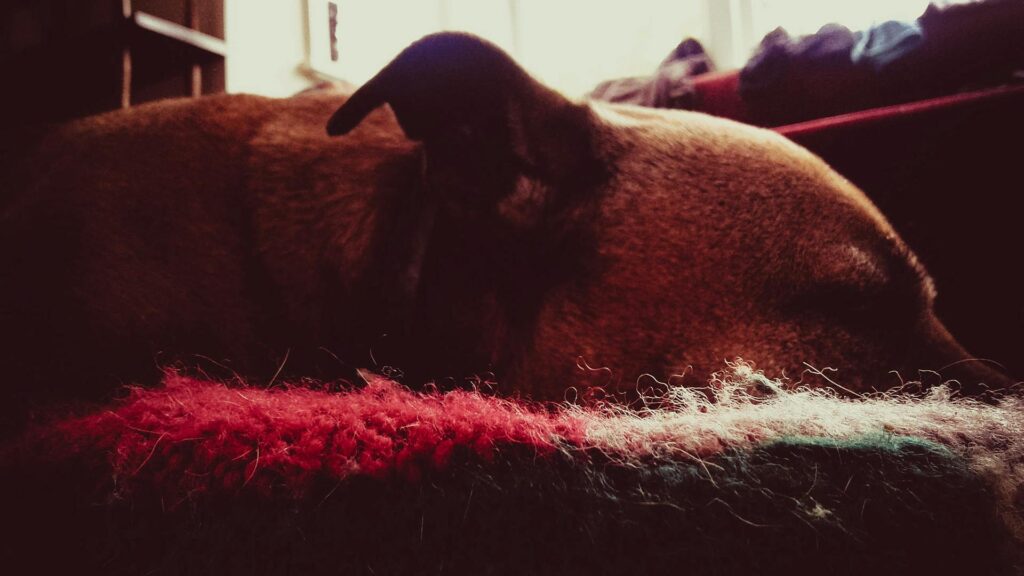
Dog Shedding: Common Reasons Behind Your Pet’s Fur Loss
Let’s face it: dog fur can be everywhere. But before you shake your fist at your furry friend, understand that shedding is a perfectly natural part of being a dog! Here’s why your pup leaves a trail of fluff:
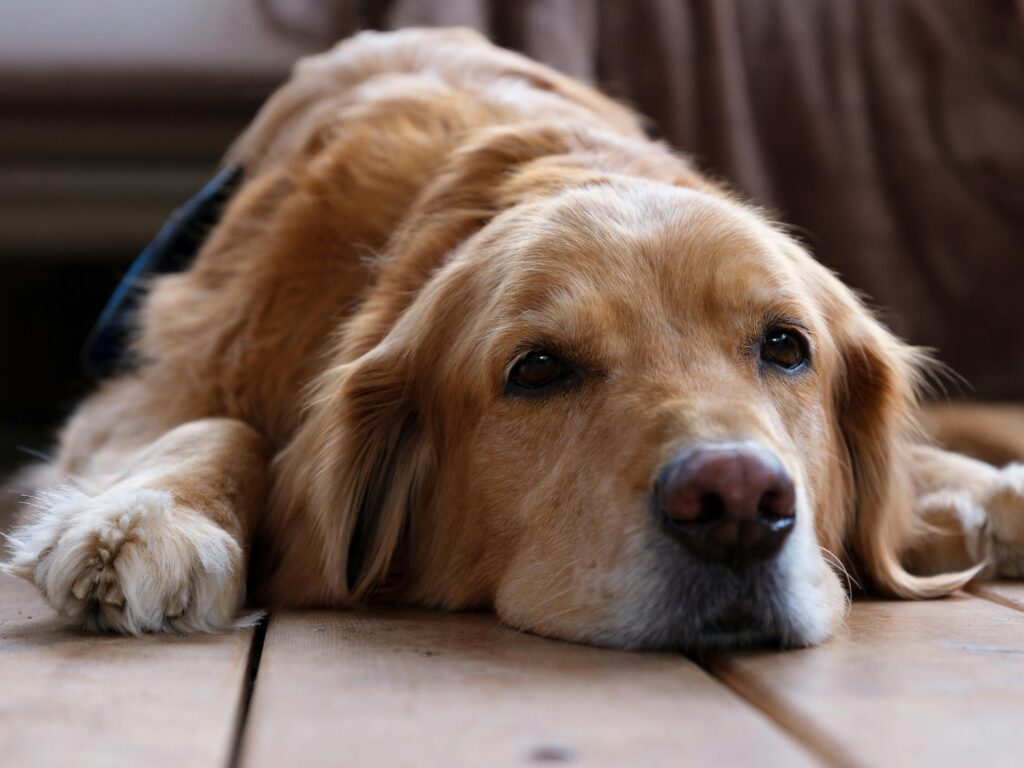
Growth Cycles
Just like our own hair, dog hair goes through growth cycles. It starts growing, stays for a time, and eventually falls out to be replaced by new hair. This means some shedding is expected, regardless of breed.
Seasonal Changes
Many dogs sport thicker coats in the winter for warmth. Come springtime, they blow their coats, shedding that winter undercoat to make way for a lighter summer coat. Seasonal shedding can be dramatic!
Breed-Specific Dog Shedding
Let’s talk about dogs with hair, not fur! Breeds like Poodles, Yorkshire Terriers, and many mixed breeds have hair that grows continuously (like ours) rather than short fur with more defined cycles. These pooches can shed year-round, but often less dramatically. And let’s not forget the double-coated breeds like Huskies and Golden Retrievers – their shedding can be epic!
Hair Texture
Curly Hair, Anyone? Curly-haired dogs have their own unique situation. Their hair traps shed fur, which can lead to matting if not brushed out. Regular grooming is essential for curly-haired cuties!
Key Points:
- A certain amount of dog shedding is normal.
- Shedding patterns vary depending on the season and your dog’s breed.
Up Next in Our Guide…
Now that you understand the basics of why dogs shed, let’s dive into practical tips and tools to manage all that floof! We’ll cover the best techniques for keeping your home (somewhat) hair-free.

Managing Normal Shedding
Tired of dog hair tumbleweeds rolling across your floor? Here are some practical ways to stay on top of regular shedding:
The Magic of Brushing

Regular brushing is your secret weapon against excess fur! It removes loose hair before it hits your couch or carpet. Brush frequency depends on your dog’s coat. Keep these tools handy before starting a much-needed grooming session:
- Undercoat rakes are a must for double-coated dogs.
- Slicker brushes work well for many coat types.
- Deshedding tools can be a lifesaver during shedding season.
- Grooming gloves make brushing more enjoyable for both you and your pup.
Fabric Choices Matter
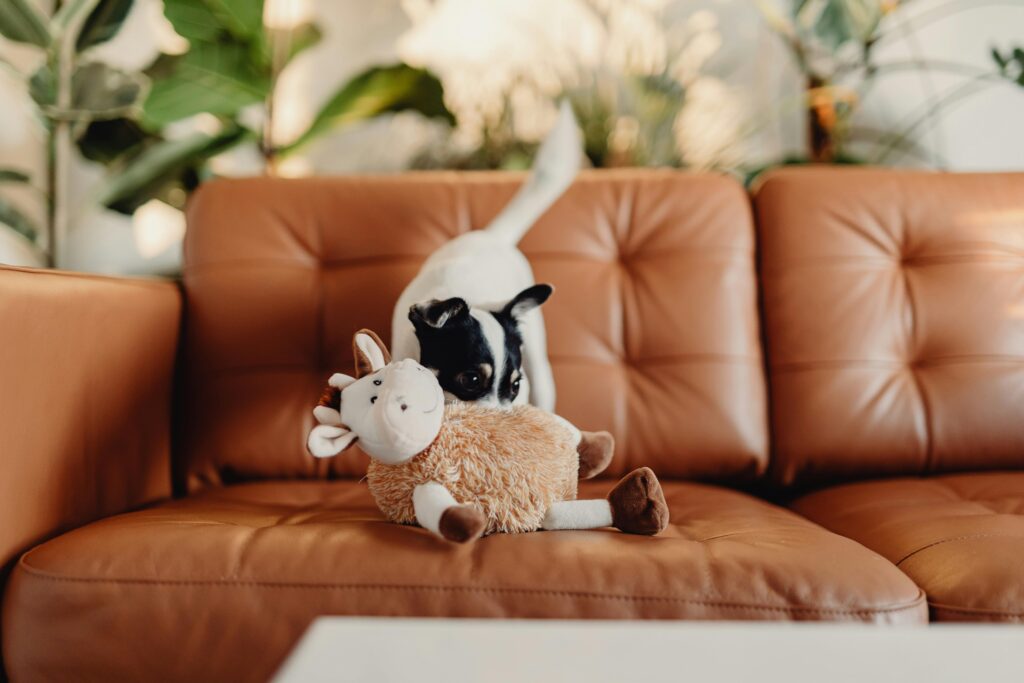
Save yourself some stress by choosing dog-friendly fabrics for your furniture. Microfiber, leather, and tightly woven materials are easier to clean. Consider throws or those “best blankets for dog hair” specifically designed to catch fur before it takes over your couch.
Bath Time Helps

Occasional bathing loosens and removes dead hair (do some breed-specific research on ideal frequency).
Harness the Power of Drying
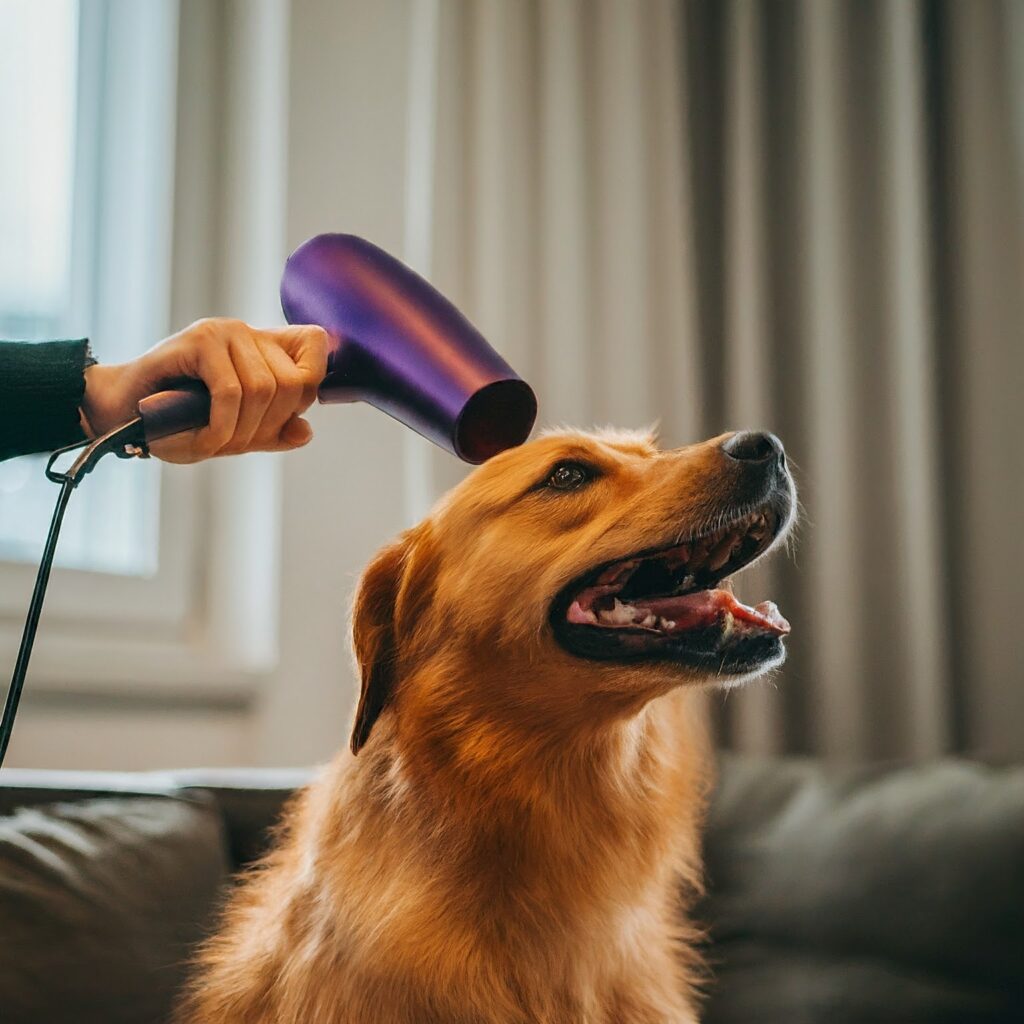
For double-coated or heavy shedding breeds, a specialized dog hair dryer is a worthwhile investment. It’s much more efficient than your human hairdryer, making the process faster and less stressful for your pooch.
Pup Approved and Practical Products
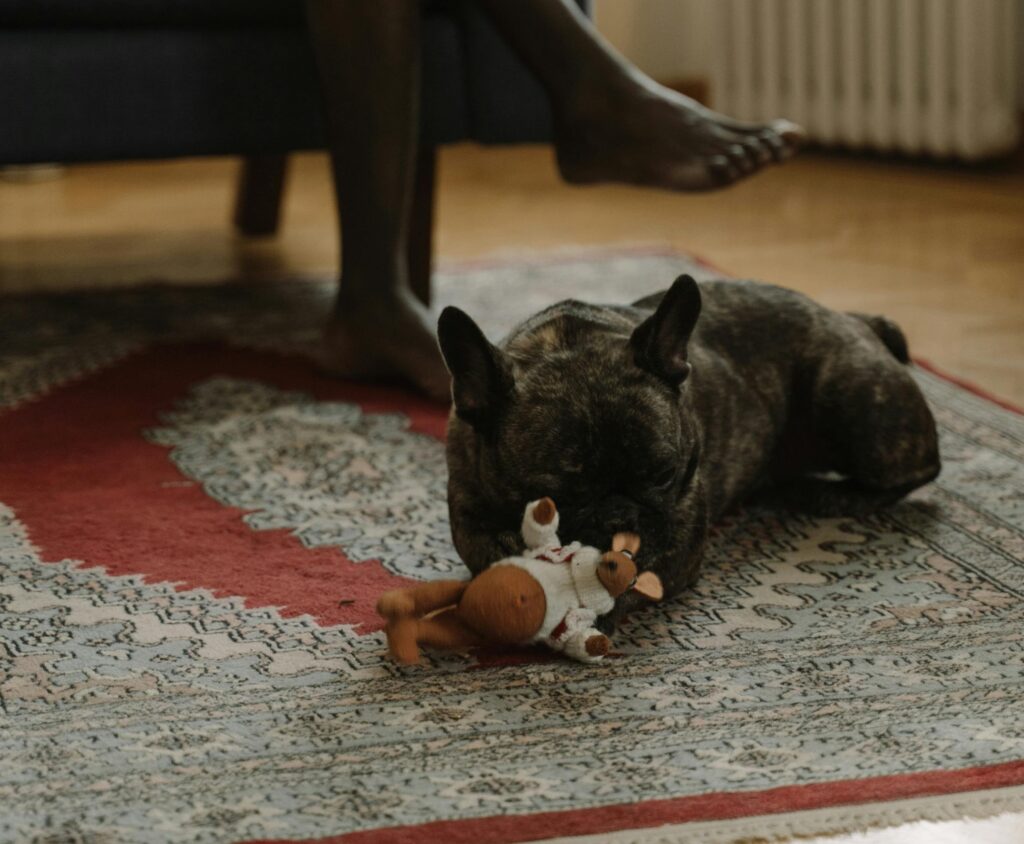
Products like Puprugs can be fantastic. Look for machine-washable pet-specific rugs to strategically place in your dog’s favorite lounging spots.
Key Points
- Regular brushing is the most effective way to reduce shedding.
- Invest in tools that match your dog’s coat type.
- Strategic fabric choices can make your life easier.
- Dog hair dryers are a game-changer for heavy shedders.
Up Next…
Shedding sometimes goes beyond the normal. Let’s tackle what to look out for when excessive shedding might signal a problem.
When Shedding Is a Problem
While some shedding is normal, sometimes excessive hair loss signals something else might be going on with your canine companion. Here’s what to watch out for:
Bald Patches or Thinning Fur
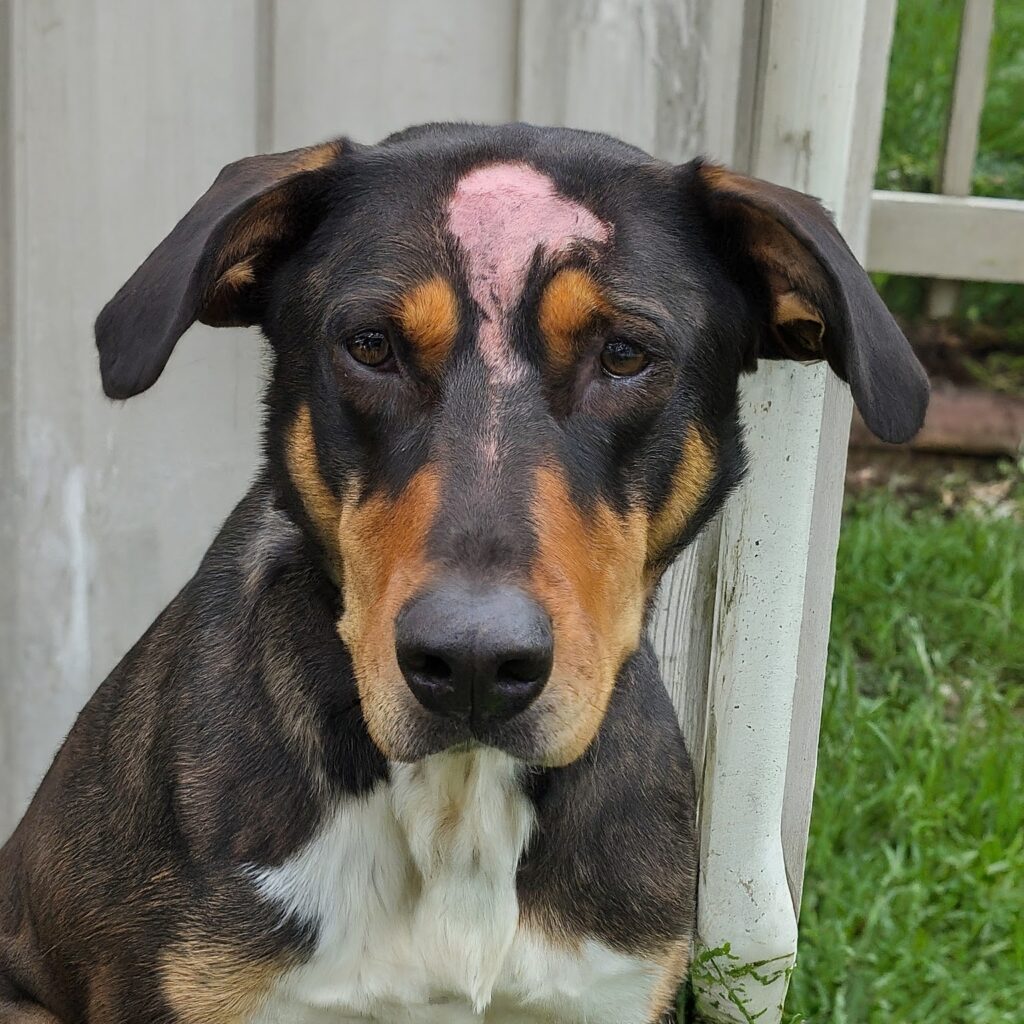
Notice patches of missing hair or thin fur? This could point to issues like allergies, parasites, skin infections, or hormonal imbalances.
Excessive Itchiness
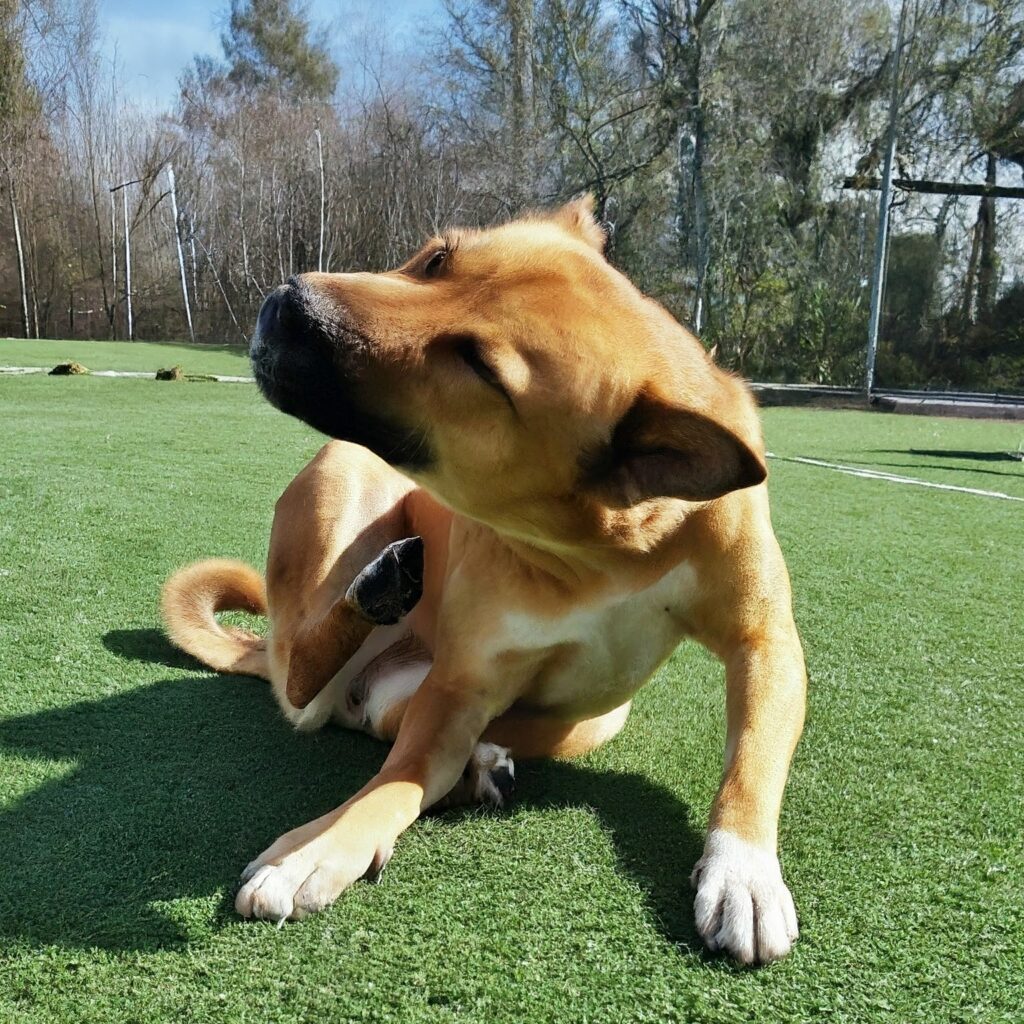
Is your dog constantly scratching, licking, or biting themselves? This, combined with hair loss, indicates allergies, parasites, or other skin problems.
Matting Issues
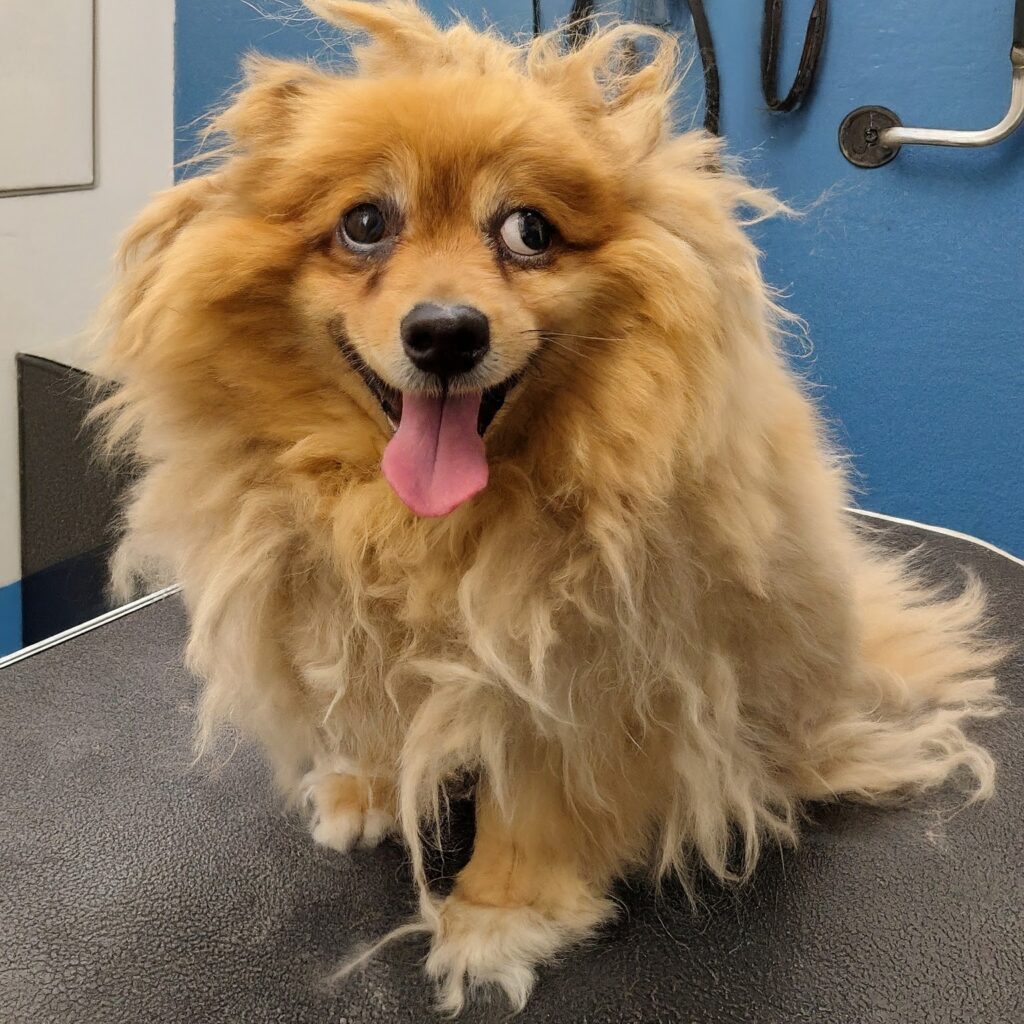
Especially in long-haired or curly-haired dogs, severe matting can trap moisture against the skin, leading to irritation, infection, and further hair loss.
Behavioral Changes

Excessive shedding can sometimes be caused by stress or anxiety. Observe if your pup seems withdrawn, restless, or has other changes in behavior.
Other Red Flags

Accompanying symptoms like redness, sores, lethargy, or changes in appetite warrant veterinary attention.
Important to Note: If you are concerned about abnormal shedding, it’s always best to consult with your veterinarian. They can determine the underlying cause and recommend appropriate treatment.
Key Points:
- Excessive shedding with bald patches isn’t normal.
- Itchiness and hair loss together are a red flag.
- Don’t ignore severe matting.
- Behavioral changes coupled with shedding should be investigated.
Up Next…
Let’s wrap up with some bonus tips on how diet, supplements, and calming products may help support overall coat health (and potentially reduce shedding in some cases).
Bonus Tips for a Healthy Coat (and Less Shedding)
While you can’t completely stop shedding, let’s explore some additional ways to give your pup’s coat a boost:
The Power of Diet

A high-quality, balanced diet provides essential nutrients for healthy skin and hair. Look for foods with omega-3 fatty acids, which can be beneficial for coat health.
Supplements

Consulting your veterinarian about supplements with omega-3s and other coat-supporting ingredients could be helpful in some cases.
Managing Stress
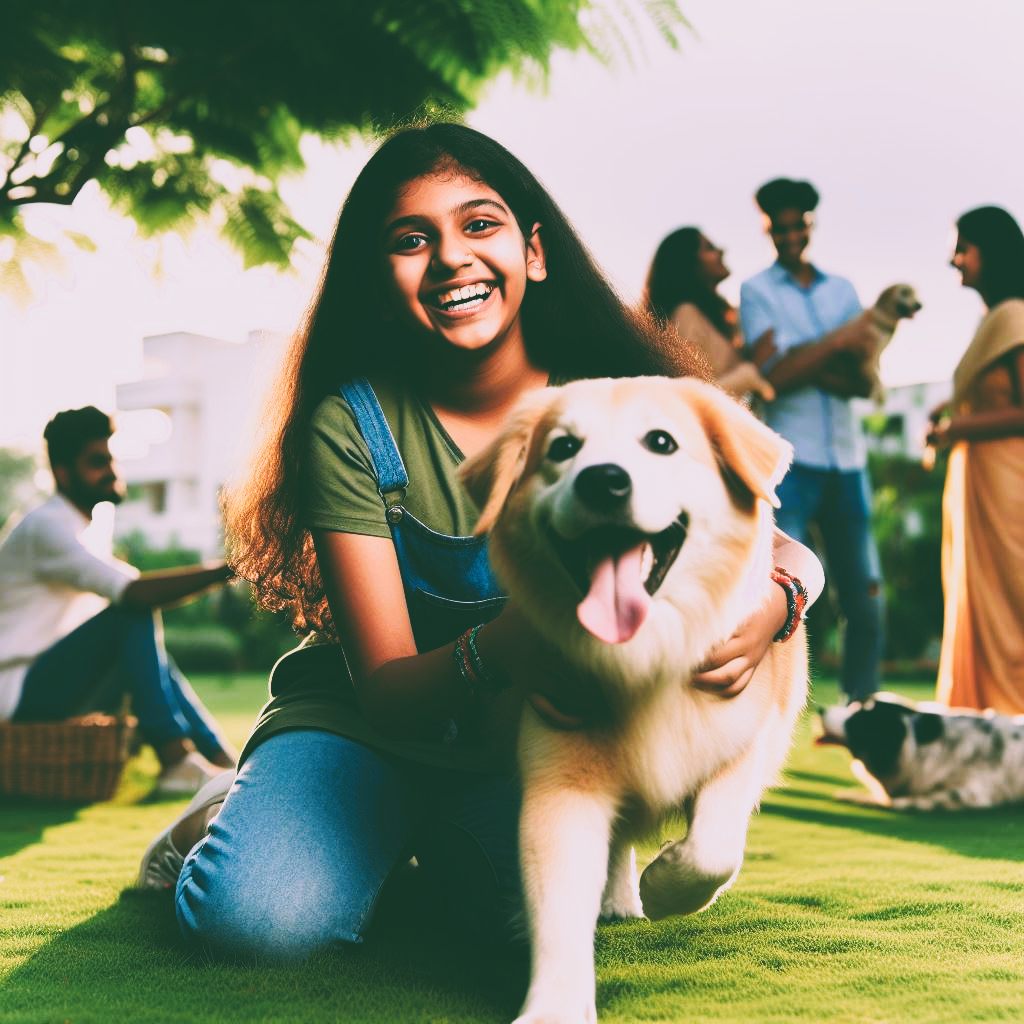
If anxiety is a factor in your dog’s shedding, consider calming techniques. Products like the “Furhaven Calming Cuddler” might provide a sense of security. Other strategies include regular exercise, predictable routines, and soothing natural remedies.
Grooming is Key
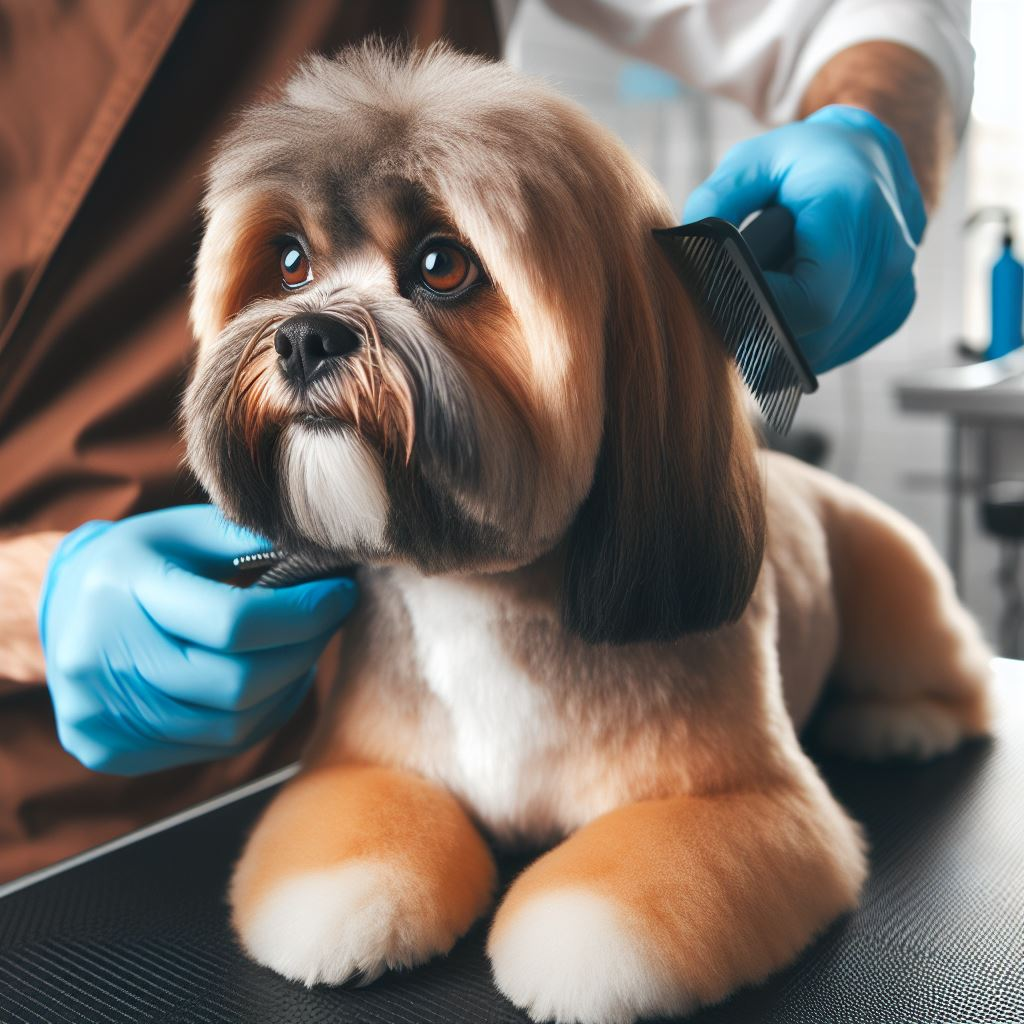
Even with tips above, regular grooming remains essential! Brushing distributes natural oils, removes tangles, and stimulates healthy hair growth.
Key Points:
- A healthy diet is the foundation of a healthy coat.
- Supplements can be helpful, but consult your vet first.
- Address stress or anxiety to potentially reduce shedding.
- Don’t underestimate the power of regular grooming.
Wrapping Up
I hope this guide sheds some light (pun intended!) on all things dog shedding! Remember, patience, the right tools, and a bit of knowledge empower you to keep the hair tumbleweeds at bay and help your furry friend thrive.
Disclaimer: It’s important to emphasize that while these tips can support your dog’s overall skin and coat health, they are not a substitute for veterinary care when dealing with excessive or abnormal shedding.
